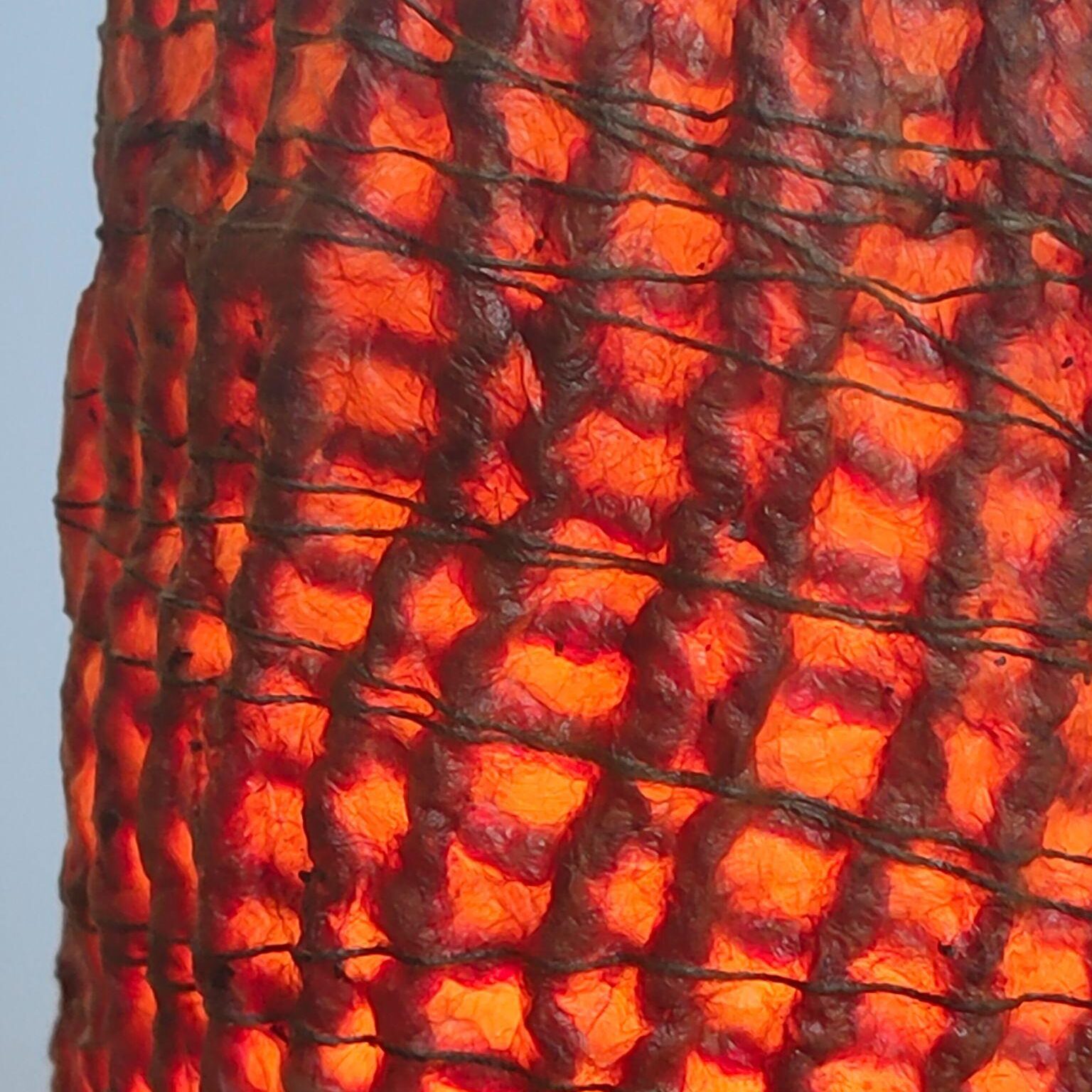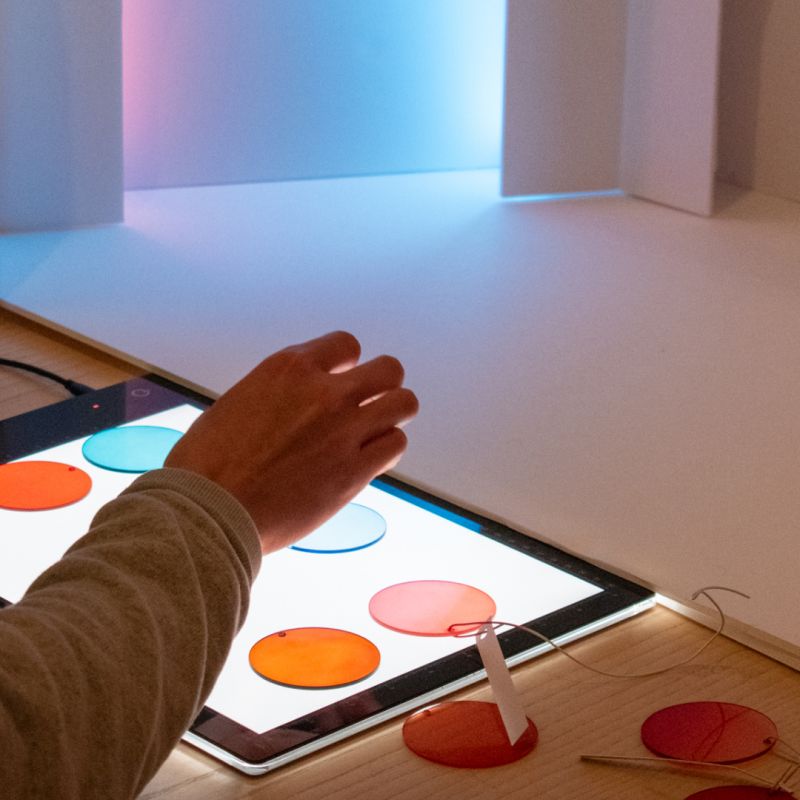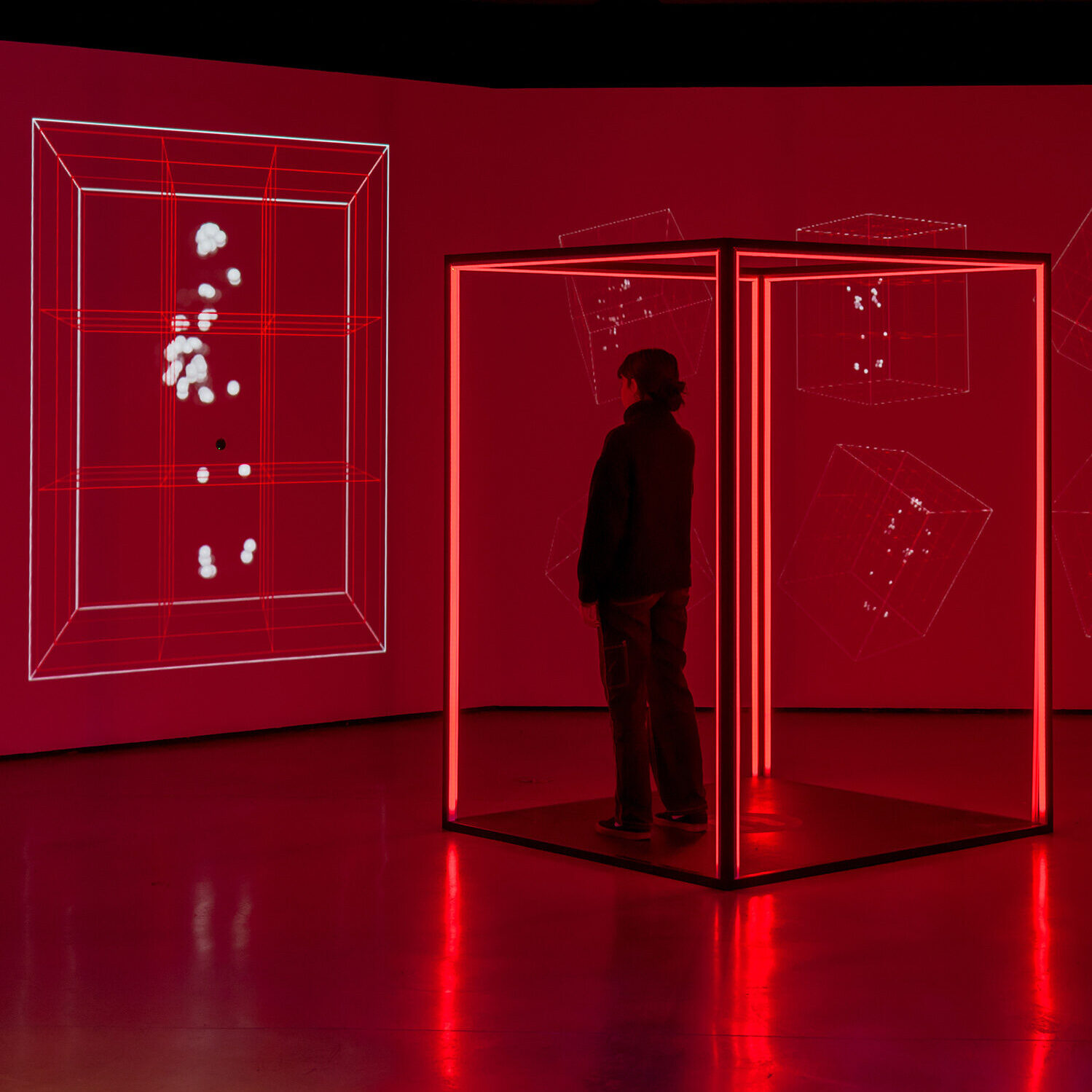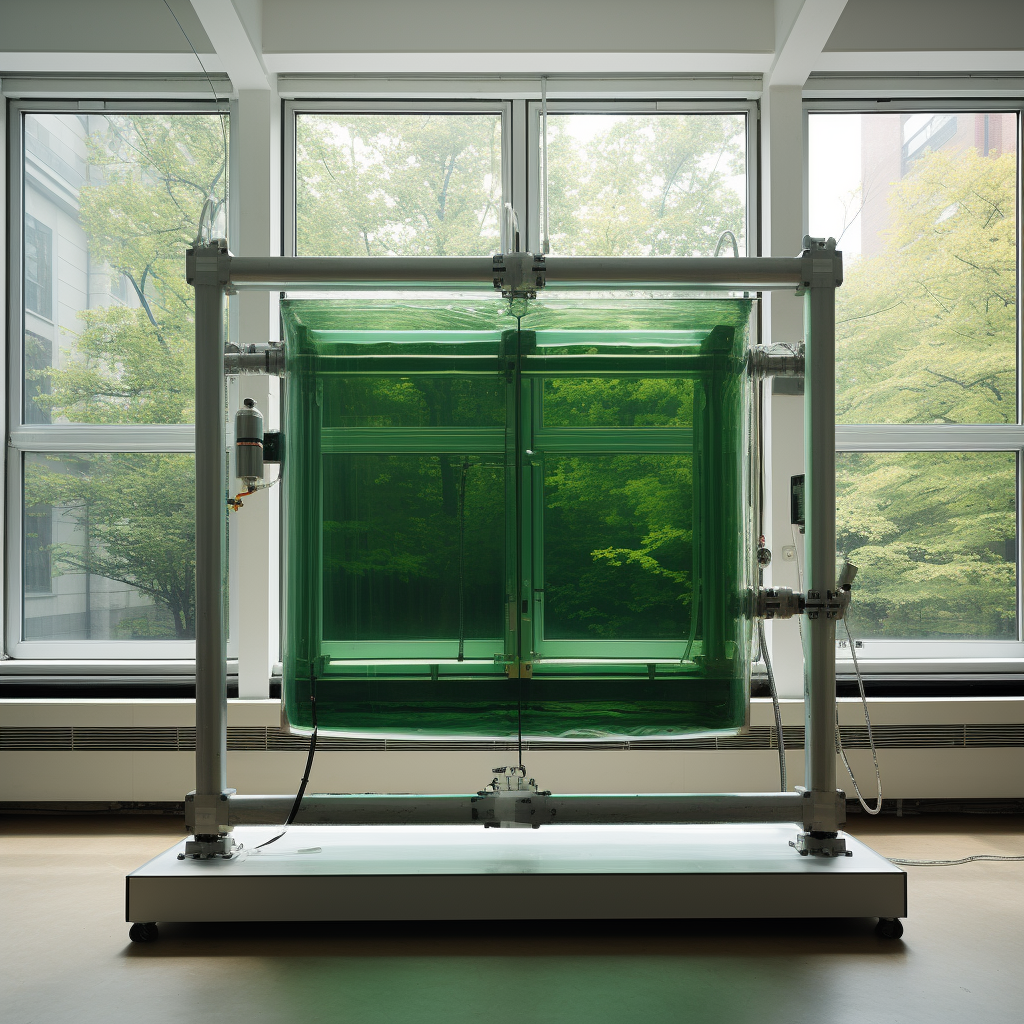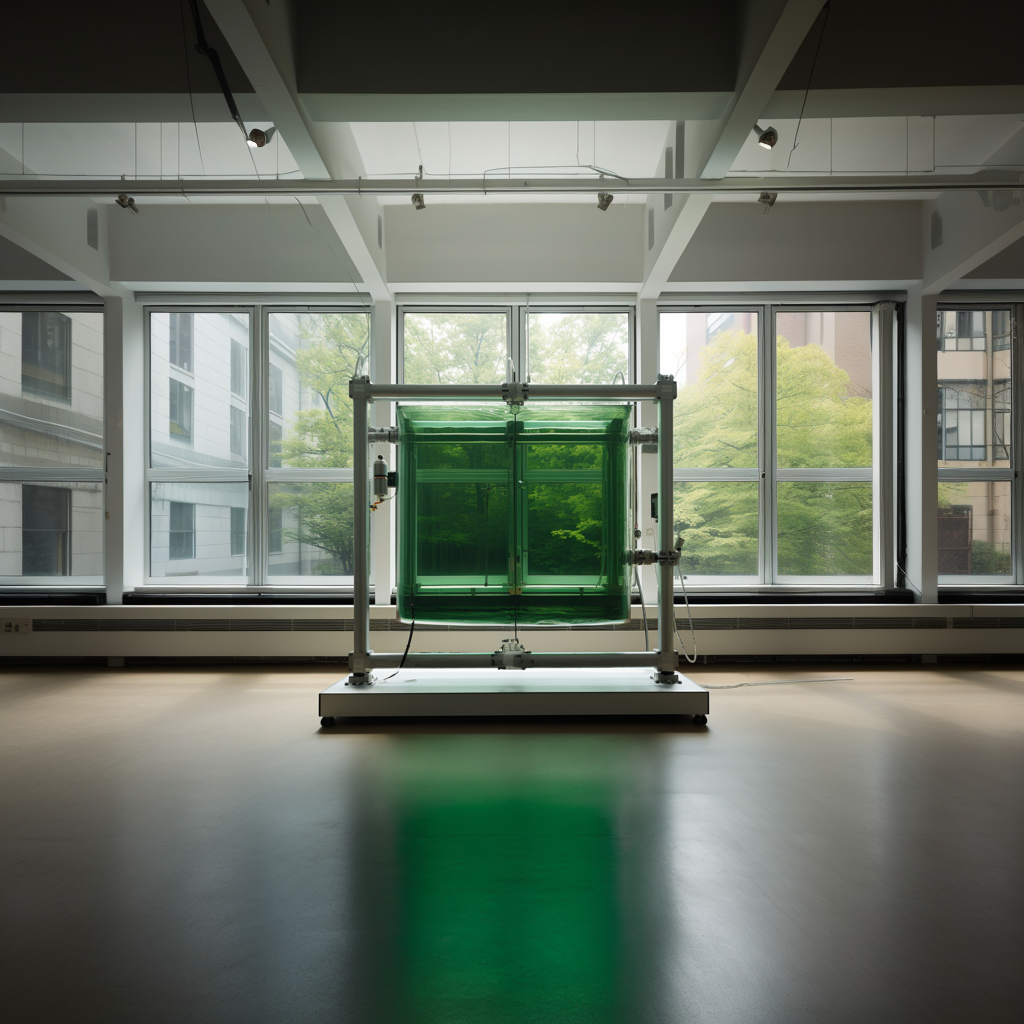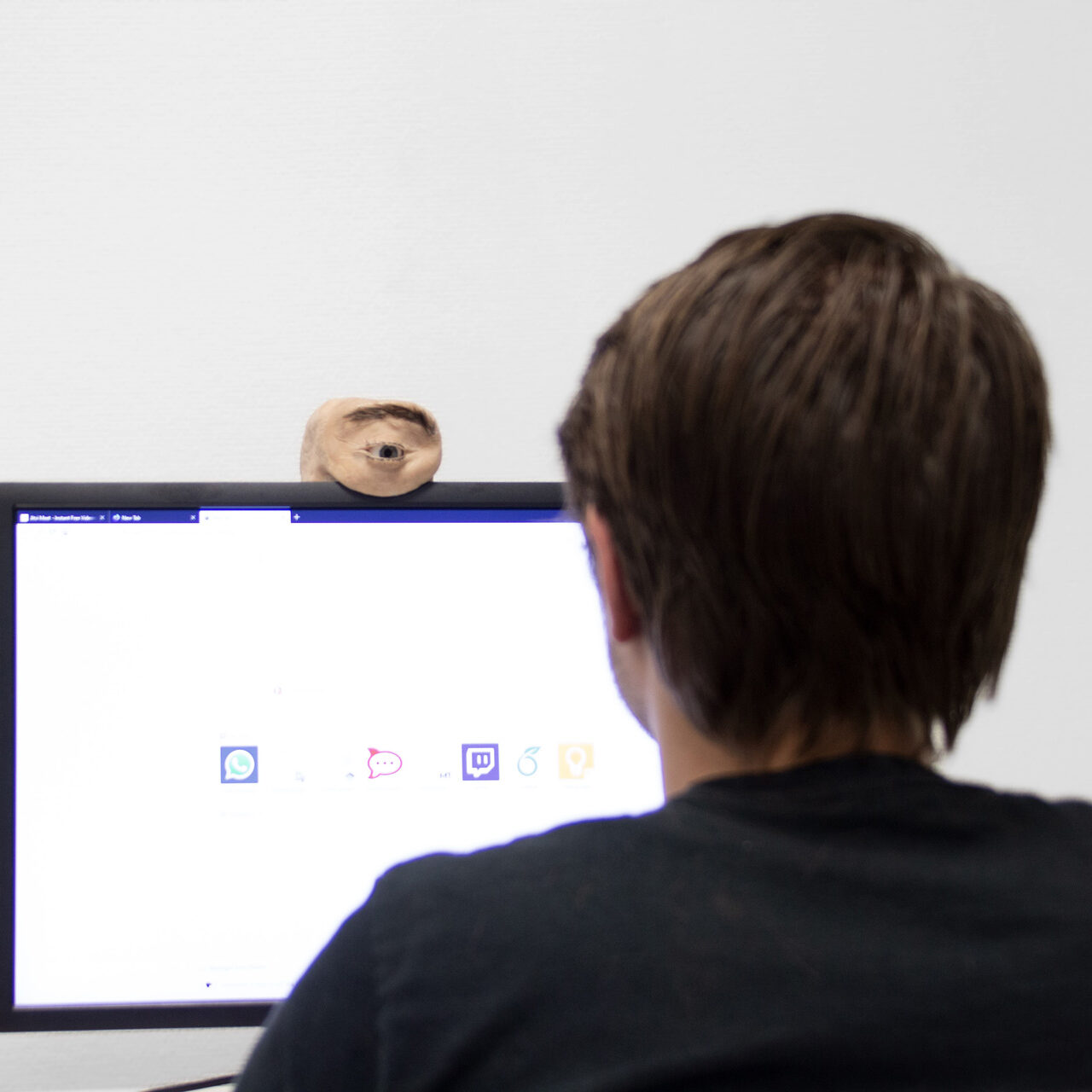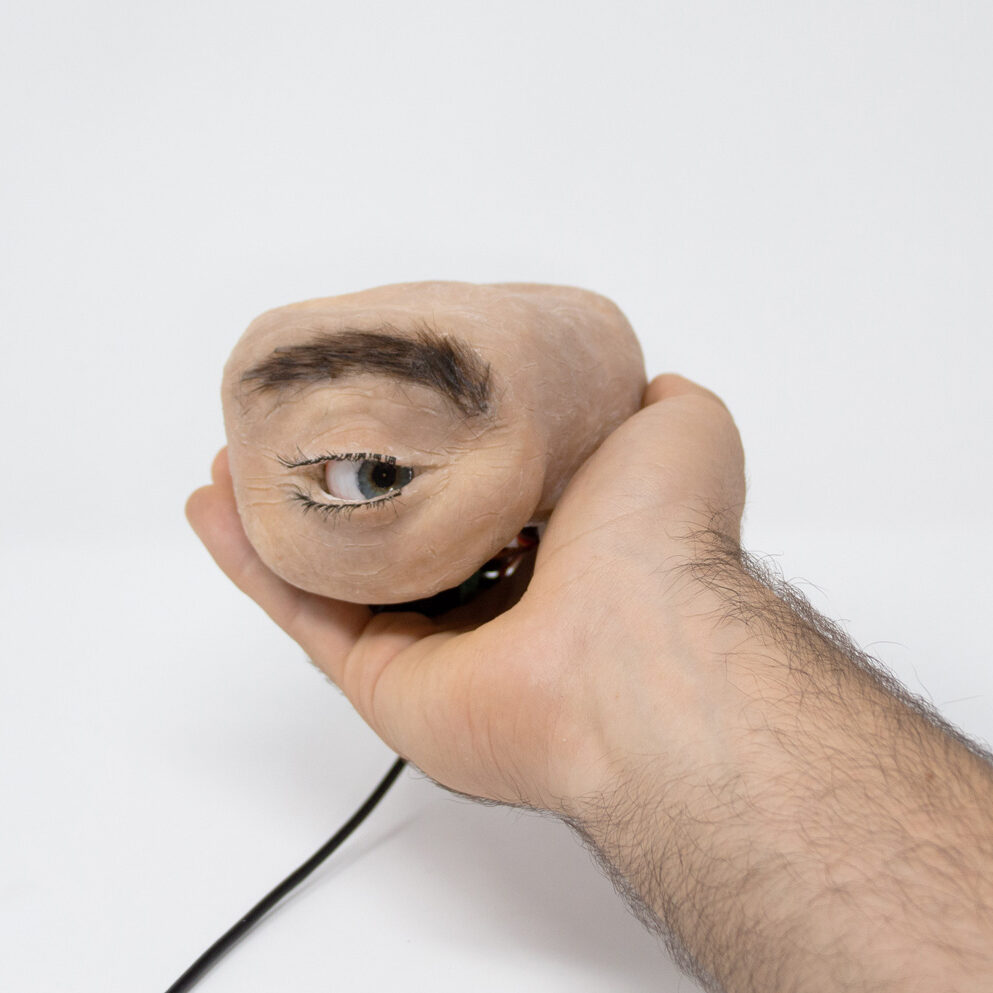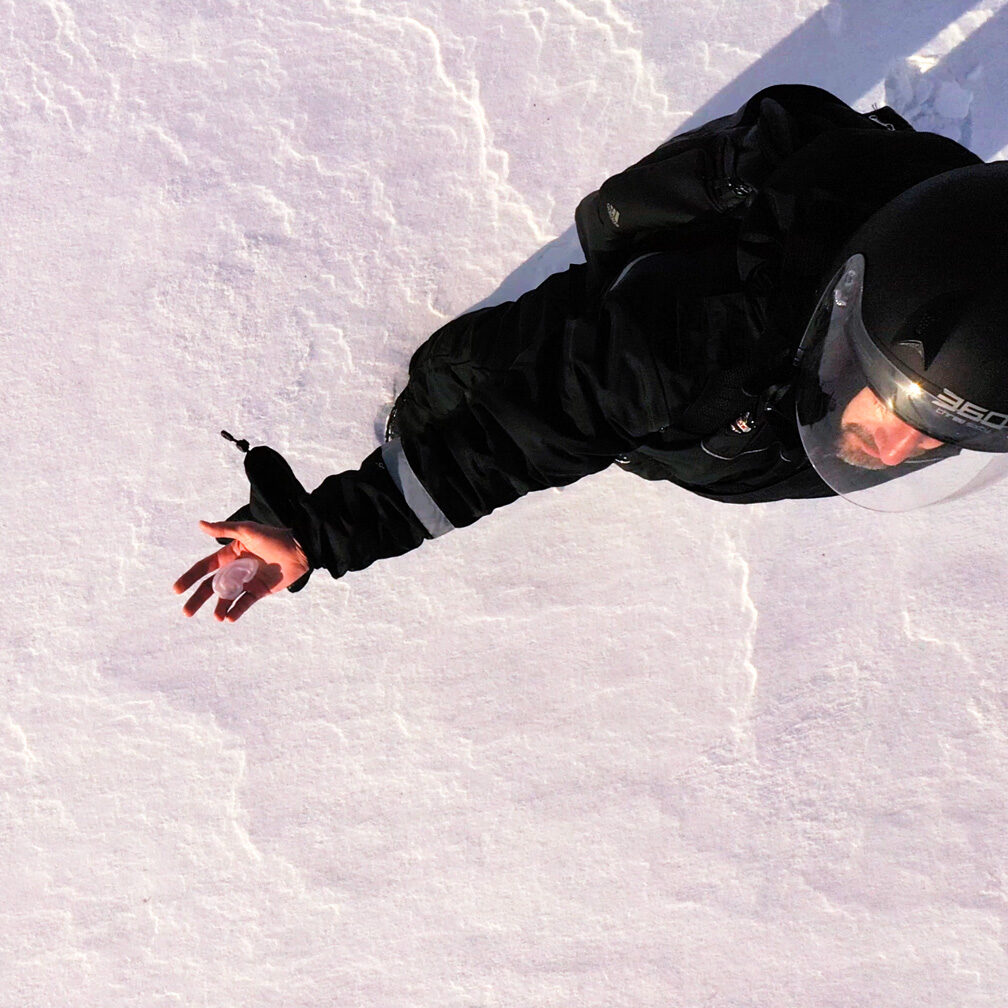


Manifesto Terricola by Solimán López
It is an artistic document that presents a state of the current situation of humanity in different areas such as economics, ethics and morality, psychology, geopolitics, the environment and art, among others.
But the document also contemplates a particular materiality, being stored in DNA and encapsulated in biodegradable 3D ear produced for preservation on Svalbard Island in the Arctic and opens the possibility of having massive hard drives of digital information stored in DNA in the glacier ecosystems to preserve both with 0 environmental impact.
Formally, it follows two historical approaches to the meaning of an artistic manifesto, being at the same time a work and text of intentions and a scientific toolThese intentions lie in an intrinsic analysis of materiality, the intangible, the anthropocene, science, digital storage and art itself, making formally, a tribute to these Terricola artists from Van Gogh to Stelarc to Joe Davis and introducing a new Ear in the Art History.

